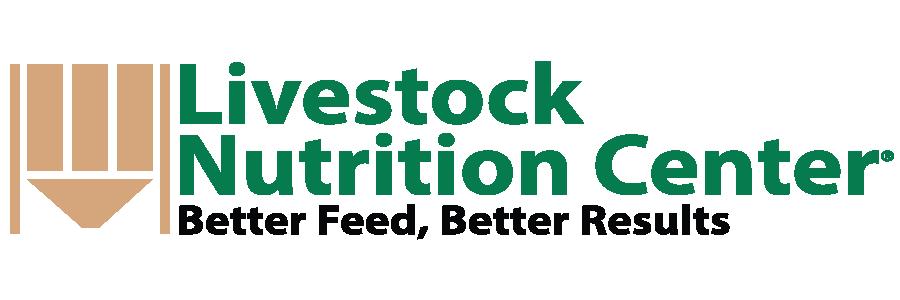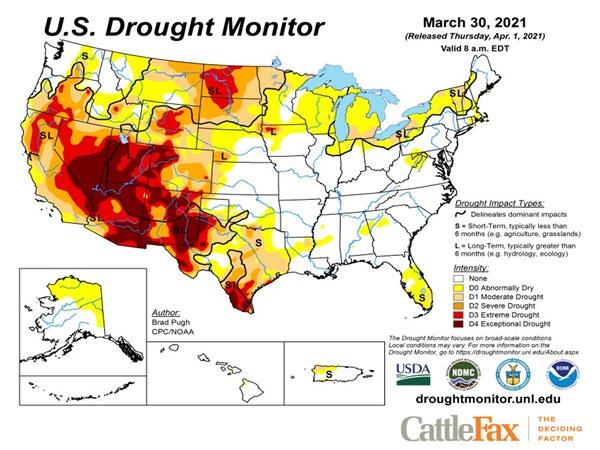COMMODITY OUTLOOK By: Matt DeFlon Procurement Manager, Livestock Nutrition Center We have certainly seen our fair share of volatility over this past feed season. What has been driving this volatility? DEMAND, especially corn and soybeans. We have seen very large exports of corn and soybeans this crop year driven mostly by China. For instance, as we entered the 2020-21 crop year, anticipated corn exports were 2.2 billion bushels. We are now on pace with shipments and sales to export 2.9 billion bushels. This now has our carryout down to 1.2 to 1.3 billion bushels. Demand from China on soybeans has been just as astounding this year as they are importing record quantities this year. Soybean carryout is estimated to be in the 110 to 120 million bushels area.
MEET THE TEAM LNC takes great pride in sourcing our employees. Each issue we will introduce you to one of our own.
So how does all of the above affect the prices of our basic ingredients such as Corn Gluten Feed, DDG, Soyhulls, Wheat Midds, and others? It is key to remember these are by-products, i.e. ethanol plants do not run to produce DDG, they run to produce ethanol. So the demand for ethanol will drive the supply of DDG. Flour mills do not run to produce midds, they run to produce flour. COVID has reduced the demand for ethanol, corn sweeteners, and flour for bread which has decreased the supply of the by-products we consume for feed. In conjunction with the by-products discussed above, the fiber/ roughage market remains elevated as well. We are not quite to price levels we saw in the 2011/12 drought, but inching that way. A dry spring/early summer of 2020 in hay-producing areas resulted in a decrease in overall production. This has led to a minimal roughage carryout from the old crop into the new. Add in rumors of additional acres being taken from alfalfa production into planting row crops and supply will certainly tighten. Although roughage values are high, they remain competitive vs other ingredients in rations today. As we move forward, the weather will come front and center to our volatility. We have to get through planting season promptly. Then we will have to watch our temperatures and moisture levels, especially in the June, July, and August time frames. The markets will watch each weather report for changes that can flip the direction of market trends on a dime. Weekly crop ratings will be monitored closely for any type of crop problems. With tight carry-outs on both corn and soybeans, the pressure for bountiful crops is paramount and volatility will remain a keyword this spring and summer.
Henry Hilscher, Ph.D. Nutritionist
Cameron,TX // Gonzales, TX // Tenaha, TX // Foreman, AR
Henry Hilscher joined LNC as a Nutritionist in July 2018. A native of Shiner, Texas, Henry received his bachelor’s degree in Animal Science from Texas A&M University. He continued his education at the University of Nebraska, where he earned M.S. and doctorate degrees in Ruminant Nutrition. While in Nebraska, he also served as the university’s Research Feedlot Manager from 2014 to 2018. He provides technical support and training for the LNC sales team as well as expertise in beef cattle nutrition for customers in central, eastern, and southern Texas, western Louisiana and southwest Arkansas. Henry and his wife, Claire, reside in Cameron with their two sons, Barrett and Hollis.
JOIN OUR TEAM
Do you know someone that would be interested in joining our team? At Livestock Nutrition Center we are always looking for qualified, hard-working individuals. All of our positions offer a competitive salary, full benefits and uniforms. https://www.lnc-online.com/careers/
Spring 2021 - Livestock Nutrition Center
Page 5



